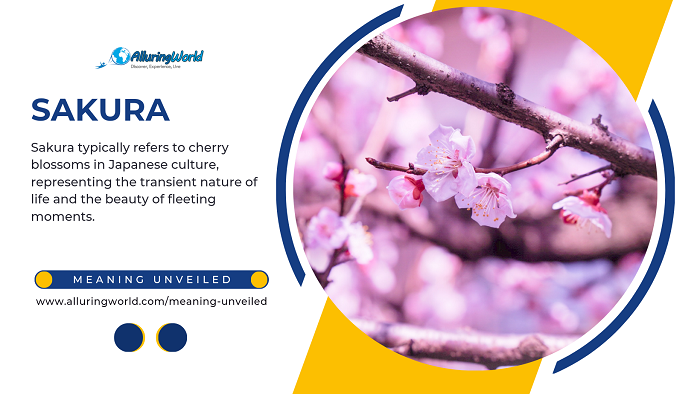Read time ca. 1 minute
Cherry blossoms, or “sakura” as they are named in Japanese, hold profound cultural significance and symbolism in Japan, permeating various aspects of art, literature, and traditions. These delicate flowers are more than just a fleeting beauty; they encapsulate profound meanings deeply ingrained in the Japanese cultural ethos, and throurghout the centuries, the blossoms have found immense importance in the different aspects of the Japanese life, and here are the meanings behind several topics:
- Transient Beauty and Impermanence: Cherry blossoms are celebrated for their ephemeral beauty, representing the transient nature of life. In Japanese art and literature, this fleeting bloom serves as a poignant metaphor for the brevity and fragility of existence, encouraging an appreciation of the present moment.
- Hanami Tradition: The centuries-old tradition of hanami, or flower viewing, revolves around the observation and appreciation of cherry blossoms. During spring, people gather in parks for festive picnics beneath blooming cherry trees, fostering a sense of community and celebrating the renewal of life.
- Symbol of Renewal and New Beginnings: As cherry blossoms bloom in early spring, they symbolize the arrival of a new season, marking the end of winter and the promise of warmer days. This seasonal renewal aligns with the Japanese cultural value of embracing change and the cyclical nature of life.
- Influence in Literature: Cherry blossoms have been a recurring motif in Japanese poetry, known as “tankas” and “haikus,” capturing the essence of nature and human emotions. Poets often use the blossoms as a metaphor for love, transience, and the passage of time.
- Aesthetic in Art: Cherry blossoms are a popular theme in Japanese art, appearing in paintings, woodblock prints, and textile designs. The delicate pink and white blossoms are often depicted alongside serene landscapes or traditional scenes, embodying a sense of harmony and balance.
- Symbol of Samurai Culture: In samurai culture, cherry blossoms were emblematic of the samurai’s way of life. The cherry blossom’s swift bloom and quick fall were seen as metaphors for a warrior’s brief and intense life, reinforcing the bushido code of embracing a noble death.
- Political Symbolism: The sakura has also been used as a political symbol, representing the ephemeral nature of political power. The imagery is employed to remind leaders of the need for humility, as well as to convey hope and optimism for a positive future.
In summary, cherry blossoms in Japanese art, literature, and traditions are not merely symbols of aesthetic beauty but profound representations of life, death, renewal, and the interconnectedness of humanity with nature. The enduring cultural significance of sakura speaks to its timeless role in shaping the Japanese worldview and fostering a deep appreciation for the ever-changing yet inherently beautiful nature of life.

